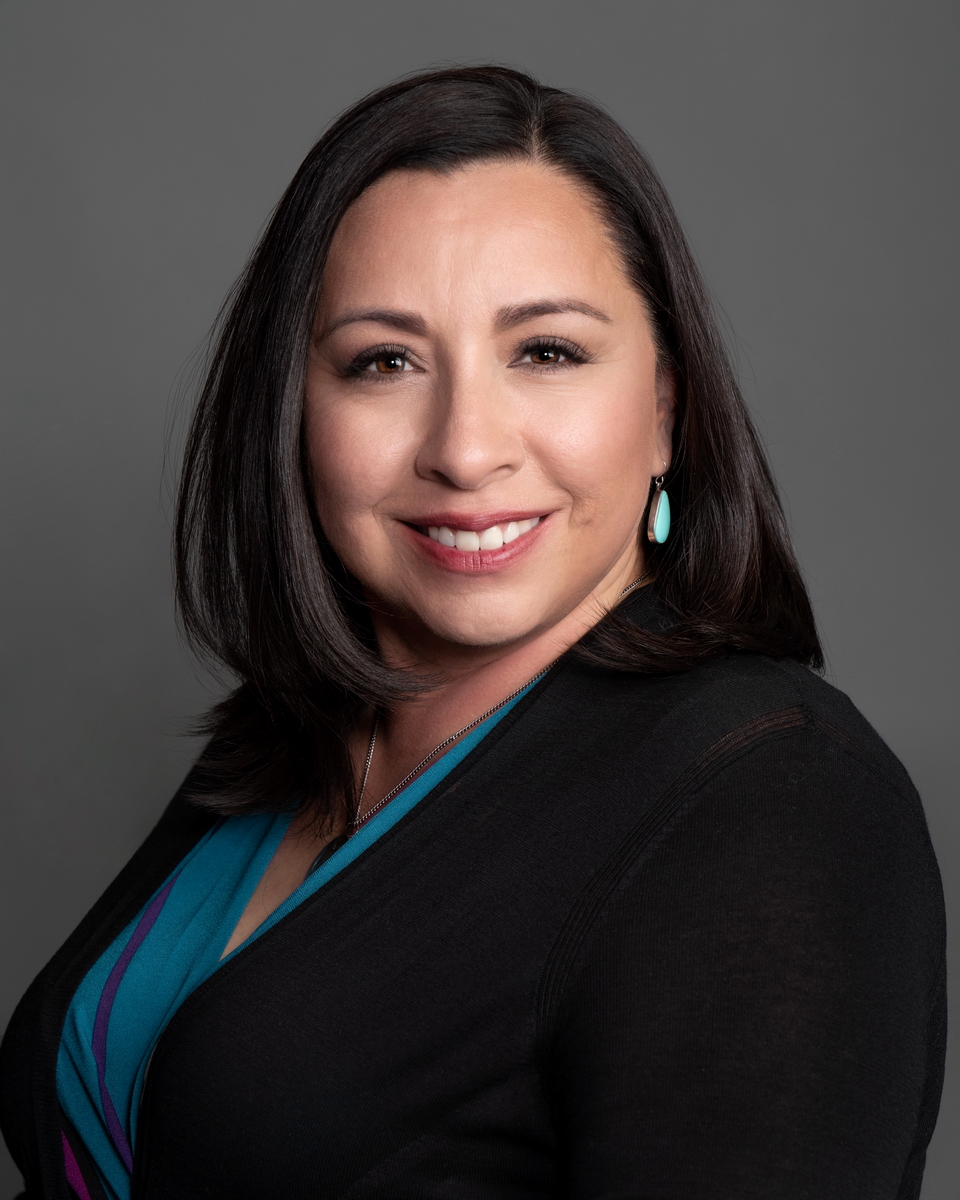2023-12
Support for the Greenhouse Gas Reduction Fund
Sponsored by Rep. Angela Romero (UT)
Reported to the Caucus by the NHCSL Energy, Infrastructure and Environment Task Force
Asm. Eduardo García (CA), Chair
Unanimously ratified by the Caucus on December 2, 2023.
WHEREAS, President Biden signed into law on August 16, 2022, the Inflation Reduction Act, which invests $27 billion to rapidly deploy low- and zero-emission technologies and accelerate the transition to an equitable and inclusive clean energy economy using the Greenhouse Gas Reduction Fund (GGRF) that will dedicate almost 70 percent of funds to make critical investments in communities that have been underserved by traditional financial markets;[1] and,
WHEREAS, these underserved communities have unequal access to green finance and have been excluded from the benefits of low- and zero-emission technologies, including improved health, cost savings, and job creation;[2] and,
WHEREAS, 64 percent of people living in those disadvantaged communities, who disproportionately bear the negative impacts of air pollution and climate change,[3] are Hispanic or Latino, Black, American Indian or Alaska Native;[4] and,
WHEREAS, Black and Hispanic or Latino individuals are significantly more likely to live in areas with the highest increases in childhood asthma diagnoses caused by climate-related changes in particulate matter exposure;[5] and,
WHEREAS, the GGRF is a first-of-its-kind program at the Environmental Protection Agency (EPA) divided into 3 competitions:[6]
- The $14 billion National Clean Investment Fund is devoted to creating centralized, long-term financing institutions to deploy capital for clean technologies across the country, with 40% of funds allocated to low-income and disadvantaged communities;[7]
- The $6 billion lean Communities Investment Accelerator is devoted to expanding the capacity of community lenders to ensure financing for clean energy projects that benefit low-income and disadvantaged communities; [8] and,
- The $7 billion Solar for All competition is devoted to expanding or creating solar programs that benefit low-income and disadvantaged communities;[9] and,
WHEREAS, the GGRF has 3 objectives: to reduce emissions of greenhouse gases and other pollutants; deliver benefits of GHG- and air pollution-reducing projects to communities across the United States and its territories, particularly low-income and disadvantaged communities; and mobilize financing and private capital to stimulate additional deployment of greenhouse gas- and air pollution-reducing projects; and,
WHEREAS, projects supported by the GGRF will avoid thousands of early deaths by reducing air pollution, especially in communities that bear the greatest pollution burden;[10] and,
WHEREAS, the GGRF is expected to reduce at least 850 metric megatons of climate pollution over a decade, accounting for one-sixth of the reductions needed over the next ten years to avoid the most damaging impacts of climate change;[11] and,
WHEREAS, the GGRF will capitalize on the successful model and track records of green banks and community-based lenders to spur public and private co-investment to stretch dollars even further, leveraging $20 billion into an estimated $250 billion over ten years,[12] which will help create one million direct jobs over a decade, with 380,000 of those jobs located in low-income and disadvantaged communities;[13] and,
WHEREAS, GGRF projects will net Americans an estimated $130 billion in cost savings, with about a quarter of those savings concentrated in low-income and disadvantaged communities, reducing energy burdens; [14] and,
WHEREAS, to ensure that these benefits are made a reality, the EPA’s published criteria for evaluating applications and making award decisions requires selecting the applicants with internal structures, processes, decision-making bodies, and investment criteria that are developed through community engagement and reflect the representation of these low-income and disadvantaged communities, and prioritize accountability, robust safeguards, and transparency;[15] and,
WHEREAS, the awardees must provide detailed reporting on the impacts of investments and benefits presented towards low-income and disadvantaged communities and make this reporting publicly available to demonstrate that the investments will give economic and non-economic benefits for the impacted community without causing inadvertent harms such as displacement, worsening pollution burdens, or exacerbating existing disparities.[16]
THEREFORE, BE IT RESOLVED, that the National Hispanic Caucus of State Legislators urges Congress to support the EPA in its efforts to implement the GGRF so that these benefits truly flow to low-income and disadvantaged communities in all the 50 states and its territories and to reject any cuts to the program categorically; and,
BE IT FURTHER RESOLVED, that the National Hispanic Caucus of State Legislators urges the EPA to uphold the community accountability, safeguards and transparency standards it has committed to in requesting applications and improve upon them as opportunity allows.
THE NHCSL ENERGY, INFRASTRUCTURE AND ENVIRONMENT TASK FORCE RECOMMENDS THIS RESOLUTION TO THE EXECUTIVE COMMITTEE FOR APPROVAL. THE EXECUTIVE COMMITTEE UNANIMOUSLY APPROVED THIS RESOLUTION AT ITS MEETING OF NOVEMBER 17, 2023.
THE NATIONAL HISPANIC CAUCUS OF STATE LEGISLATORS UNANIMOUSLY RATIFIED THIS RESOLUTION ON DECEMBER 2, 2023 AT ITS ANNUAL MEETING IN PHILADELPHIA, PENNSYLVANIA.
[1] EPA Press Office (2023, April 19). EPA Releases Framework for the Implementation of the Greenhouse Gas Reduction Fund as Part of President Biden’s Investing in America Agenda. United States Environmental Protection Agency. Available at https://www.epa.gov/newsreleases/epa-releases-framework-implementation-greenhouse-gas-reduction-fund-part-president
[2] EPA Press Office (2023, February 14). EPA Announces Initial Program Design of Greenhouse Gas Reduction Fund. United States Environmental Protection Agency. Available at https://www.epa.gov/newsreleases/epa-announces-initial-program-design-greenhouse-gas-reduction-fund
[3] Office, EPA Press. (2021, September 2). United States Environmental Protection Agency . EPA Report Shows Disproportionate Impacts of Climate Change on Socially Vulnerable Populations in the United States. Available at https://www.epa.gov/newsreleases/epa-report-shows-disproportionate-impacts-climate-change-socially-vulnerable#:~:text=WASHINGTON%20(Sept.,%2C%20flooding%2C%20and%20other%20impacts
[4] Rutkowski, E., Rivera, A., & O'Rear, E. G. (2022, February 24). Justice40 Initiative: Mapping Race and Ethnicity. Available at Rhodium Group: https://rhg.com/research/justice40-initiative-mapping-race-and-ethnicity/
[5] Office, EPA Press. (2021, September 2). United States Environmental Protection Agency . EPA Report Shows Disproportionate Impacts of Climate Change on Socially Vulnerable Populations in the United States. Available at https://www.epa.gov/newsreleases/epa-report-shows-disproportionate-impacts-climate-change-socially- vulnerable#:~:text=WASHINGTON%20(Sept.,%2C%20flooding%2C%20and%20other%20impacts
[6]Framework, supra n. 1.
[7] Environmental Protection Agency, U. S. (2023, August 29). National Clean Investment Fund. Available at https://www.epa.gov/greenhouse-gas-reduction-fund/national-clean-investment-fund
[8] Environmental Protection Agency, U. S (2023, August 29). EPA. Available at Clean Communities Investment Accelerator: https://www.epa.gov/greenhouse-gas-reduction-fund/clean-communities-investment-accelerator
[9] Environmental Protection Agency, U. S. (2023, September 22). EPA. Solar for All. Available at https://www.epa.gov/greenhouse-gas-reduction-fund/solar-all
[10] Buehler, K., Eis, J., Kingsmill, N., & Levy, C. (2023, April 20). McKinsey Sustainability. Delivering impact from US green bank financing. Available at https://www.mckinsey.com/capabilities/sustainability/our-insights/delivering-impact-from-us-green-bank-financing
[11] Buehler, K., Eis, J., Kingsmill, N., & Levy, C. (2023, April 20). McKinsey Sustainability. Delivering impact from US green bank financing. Available at https://www.mckinsey.com/capabilities/sustainability/our-insights/delivering-impact-from-us-green-bank-financing
[12] Buehler, K., Eis, J., Kingsmill, N., & Levy, C. (2023, April 20). McKinsey Sustainability. Delivering impact from US green bank financing. Available at https://www.mckinsey.com/capabilities/sustainability/our-insights/delivering-impact-from-us-green-bank-financing
[13] Buehler, K., Eis, J., Kingsmill, N., & Levy, C. (2023, April 20). McKinsey Sustainability. Delivering impact from US green bank financing. Available at https://www.mckinsey.com/capabilities/sustainability/our-insights/delivering-impact-from-us-green-bank-financing
[14] Buehler, K., Eis, J., Kingsmill, N., & Levy, C. (2023, April 20). McKinsey Sustainability. Delivering impact from US green bank financing. Available at https://www.mckinsey.com/capabilities/sustainability/our-insights/delivering-impact-from-us-green-bank-financing
[15] See section entitled Evaluation Criteria for Application Components on the three Requests for Applications each of which are currently available respectively at: EPA-R-HQ-NCIF-23 https://www.grants.gov/search-results-detail/349234; EPA-R-HQ-CCIA-23 https://www.grants.gov/search-results-detail/349233; and EPA-R-HQ-SFA-23-01 https://www.grants.gov/search-results-detail/348957
[16] Ibid.


